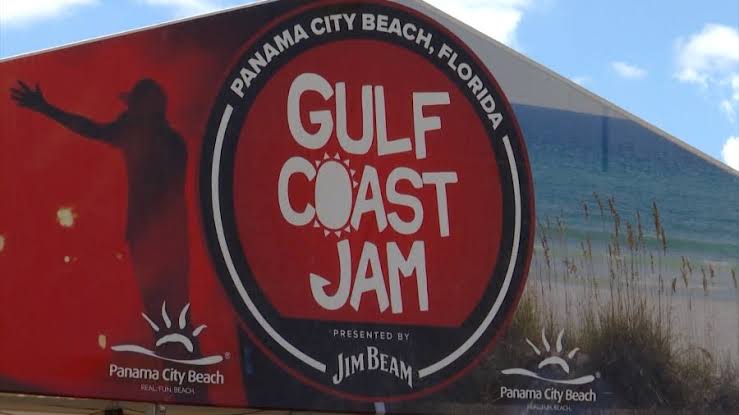
Taking the easy way: Road-tripping along the Camino de Santiago
With a group of friends, I realized that you don’t necessarily need to go on foot to see the sights along Spain’s famed pilgrimage trail
The Camino de Santiago, or St James’ Way, is the world-renowned walking route that has been trodden on for over a millennium.
Originally, it was a religious pilgrim route following in the footsteps of Jesus’ apostle St James, which evolved into the iconic route that starts in the Pyrenees on the French/Spanish border, traverses across the Spanish countryside, and ultimately ends in the Galician town of Santiago de Compostela.
With that journey spanning roughly 800km, it’s quite a long distance to walk — the average person takes about a month to complete it — so it got me thinking, couldn’t you just drive that?
Sacrilegious thoughts? Definitely.
But for decades, the Camino hasn’t just been a religious pilgrimage; many secular tourists have found alternative ways to “do the Camino” along the classic route from the French border, or a section of it, or along the many alternate paths that start in different places, like Lisbon or Sevilla.
Some go via bicycle, some on horseback, some on battery-powered e-bikes. That said, the four wheels of a motorised vehicle was my 21st-century way to see the sights along the Camino Frances — the classic route that also inspired Paulo Coelho’s The Pilgrimage— since, like many, I didn’t have the time or energy to walk for four weeks.
On the road
Landing in Madrid, we hit the road and started our version of the Camino in the city of Burgos — two and a half hours straight north by car — although if we really wanted to start near the French/Spanish border, we could have driven the five hours to Roncesvalles in the Navarre region.
From there, the westbound road to Burgos would have brought us through Pamplona—worth a stop if you’re travelling in early July, when the famed “Running of the Bulls” happens during the Fiesta de San Fermin — and another notable pitstop: Logrono, the heart of Spain’s Rioja wine region, where we might have spent a day touring and tasting at local wineries.
We’d have plenty of wine along our road trip anyway, and being springtime, we forsook the town made famous by Ernest Hemingway. Our plan was to drive the rest of the route from Burgos more or less, and make pit stops along the way to see historic and natural sights, experience local culture and cuisine, and even stretch our legs a few times on the Camino itself.
Getting stamped from Burgos to Leon
Burgos was our orientation city to Spain, home of pleasant promenades adorned with pollarded trees, enticing tapas bars and vermuterias, and the unmistakable Burgos Cathedral, so grand and Gothic that it’s on the Unesco World Heritage List.
It was in Burgos that we acquired a blank Camino passport at the municipal hostel, so that we could collect unique stamps of each place we’d experience along the route. While the stamps of ink would not bring us an official certificate of completion at the end of our Camino journey since we “cheated” by car, the practice of collecting stamps— and almost becoming obsessed with collecting them — became our common bond with actual walking peregrinos (pilgrims).
After a day in Burgos, we drove westbound towards Leon.
On the way, we made a pitstop in the village of Castrojeriz to walk a section of the Camino, back and forth from the 11th-century Convent of San Anton on the outskirts of town, to the town centre in the shadows of the hilltop Castrojeriz Castle.
It was in town that we got some of our first stamps inked into our passports during our visits to the Church of the Lady of the Apple Tree and the Church of San Juan. From there, we stopped in Fromista, site of what was once Spain’s biggest construction project of the 18th century, the Canal of Castilla, built for cargo boats to export grains north to the Cantabrian Sea.
Today, boats carry travellers like us up and down the canal on short scenic boat tours, where we waved to peregrinos walking along the towpath with the standard greeting, “¡Buen Camino!” (“[Have a] good Camino!”) The salutation was usually reciprocated —but one snarky pilgrim replied with “¡Buen barco!” (“Have a good boat!”) Touché. We may have been cheating with the use of vehicles, but at least we got another stamp from the canal boat.
Once in Leon, we embraced being in a big city again.
The provincial capital that dates back to Roman times but is significant for its “newer” structures: the 13th-century Gothic Cathedral, the 12th-century Basilica of San Isidoro — now a museum holding the illustrious Chalice of Dona Urraca — and the 19th-century Casa Botines, designed by famed Spanish architect, Antoni Gaudí.
We toured these sights by day — collecting more stamps on the way — and by night we explored the Barrio Humedo district, which translates to “wet neighbourhood” — wet as in being the opposite of dry in a spirited sense, because its lively restaurant and bar scene flows with Spanish wines, beer, vermouth, and orujo (Spanish brandy).








